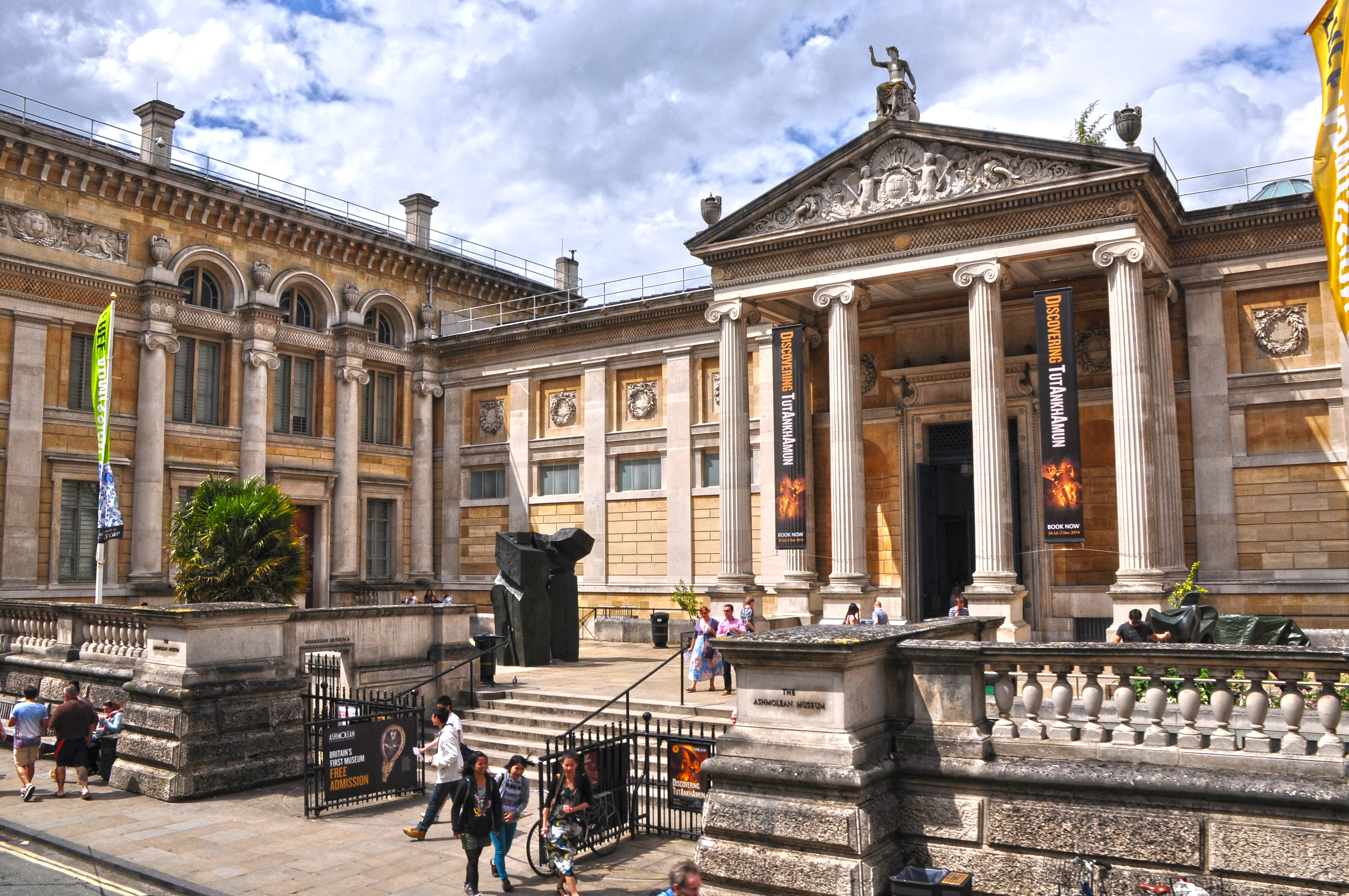Universities are among the most prominent institutions owning science collections, and yet, have you ever heard of museums managed by universities? Most people think that the only place to see an exhibition is in a museum. Let me tell you, while it’s undoubtedly the most traditional course of action, there are many other places where you can find exhibitions.
Let us focus on science. We can surely find science exhibitions in museums. Museums possess collections of objects such as animals, insects, plants, and even tools used in physics or chemistry. These collections are the very foundation of an exhibition. Where do we find collections aside from museums?
University museums are quite unknown in the cultural sphere, even though many have existed for several centuries, like the Ashmolean Museum of the Oxford University. These museums display objects with a patrimonial background. They are rare, unique, and give insight into how the university evolved over time in a given field.

Elephant Skull studied by Georges Cuvier, Sorbonne University © Simon Reitiger-Clin
Elephant Skull studied by Georges Cuvier, Sorbonne University © Simon Reitiger-ClinNow, you could ask: why are these university museums so unknown to the general public? Well, I could list a lot of reasons, but I will focus on what I think are the main ones: the ignorance of the university administration regarding the cultural value of their collection and the fact that a museum requires money to be created.
In light of this information, a simple question can be raised: are university collections as valuable as museum collections and should we exhibit them? The main topic regarding this question is about the role of museums and universities. Some argue that museums, as defined by the International Council Of Museums (ICOM), were created to collect, study, and exhibit humanity’s heritage. This was their purpose and their collections were assembled for that very purpose.
On the other hand, universities were created to teach students and university collections were (and still are) more of a way to illustrate what a professor has to say during their classes. Therefore, universities cannot create legitimate exhibitions and should just focus on classes and research. Collections from universities are already used in research projects and in classes and exhibiting them would unnecessarily expose the objects to light, humidity, and temperature variation which would endanger them.
In response, it can be argued that the patrimonial value of these collections is not to be underestimated, and point out that since some objects from university collections are unique, they are not used in classes or research projects and therefore could be exhibited under the right conditions.

Ashmolean museum entrance in Oxford ©Lewis Clarke / Oxford : Ashmolean Museum / CC BY-SA 2.0Many university museums, such as the Holburne Museum of Art in Bath, or the Geology Museum of Sorbonne University in Paris, were created and remain pretty much unknown to the general public, even though these university museums sometimes seem more interesting to me than regular museums. In my opinion, since the objects we see were often used in classes before being exhibited, it gives them some sort of concrete existence inside the institution.
This article was written by Simon Reitiger-Clin, Master’s student in the “Museology of Social and Natural Sciences,” a program at the Muséum.
